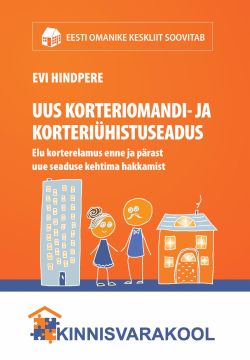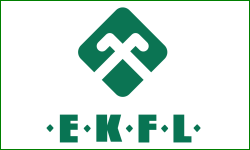 The average gross wage growth reached 8.1% in the third quarter, over the year. The average wage rose by more than ten percent in public administration, manufacturing, and agriculture. Wage growth was modest in sectors that saw a larger jump in labour income one year ago: construction, banking, real estate, and entertainment.
The average gross wage growth reached 8.1% in the third quarter, over the year. The average wage rose by more than ten percent in public administration, manufacturing, and agriculture. Wage growth was modest in sectors that saw a larger jump in labour income one year ago: construction, banking, real estate, and entertainment.

Wage growth is driven by labor shortages, an increase in the minimum wage, and pressure from workers who do not want a sharp drop in their living standards due to a very rapid rise in prices. The number of vacancies has remained high. Although labor shortages have eased somewhat as economic growth is slowing, many entrepreneurs find it easier to find customers and suppliers than workers.
The average net salary increased by 6.6 percent year-on-year in the third quarter. Prices grew 3.6 times faster than the average net salary in the third quarter. Despite this, consumption volumes have not dropped significantly so far. The use of savings and additional consumers in the form of refugees and tourists have contributed to this.

According to Swedbank, the average gross wage will increase by 9.5 percent this year. Next year, wage growth will slow to 8.5 percent. Wage growth is supported by a lack of specialists, a higher minimum wage, wage increases in the public sector and still rapid price increases.














